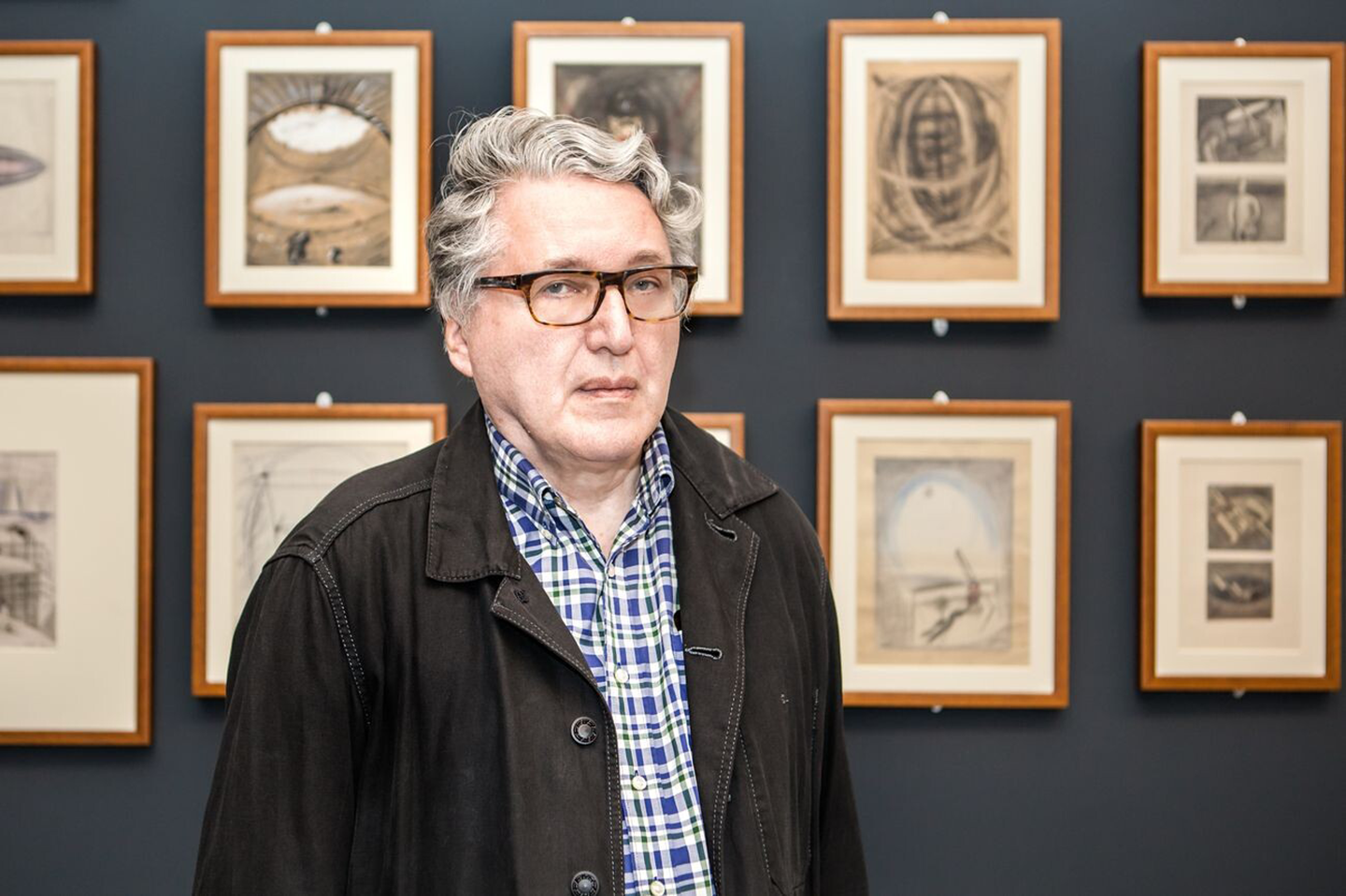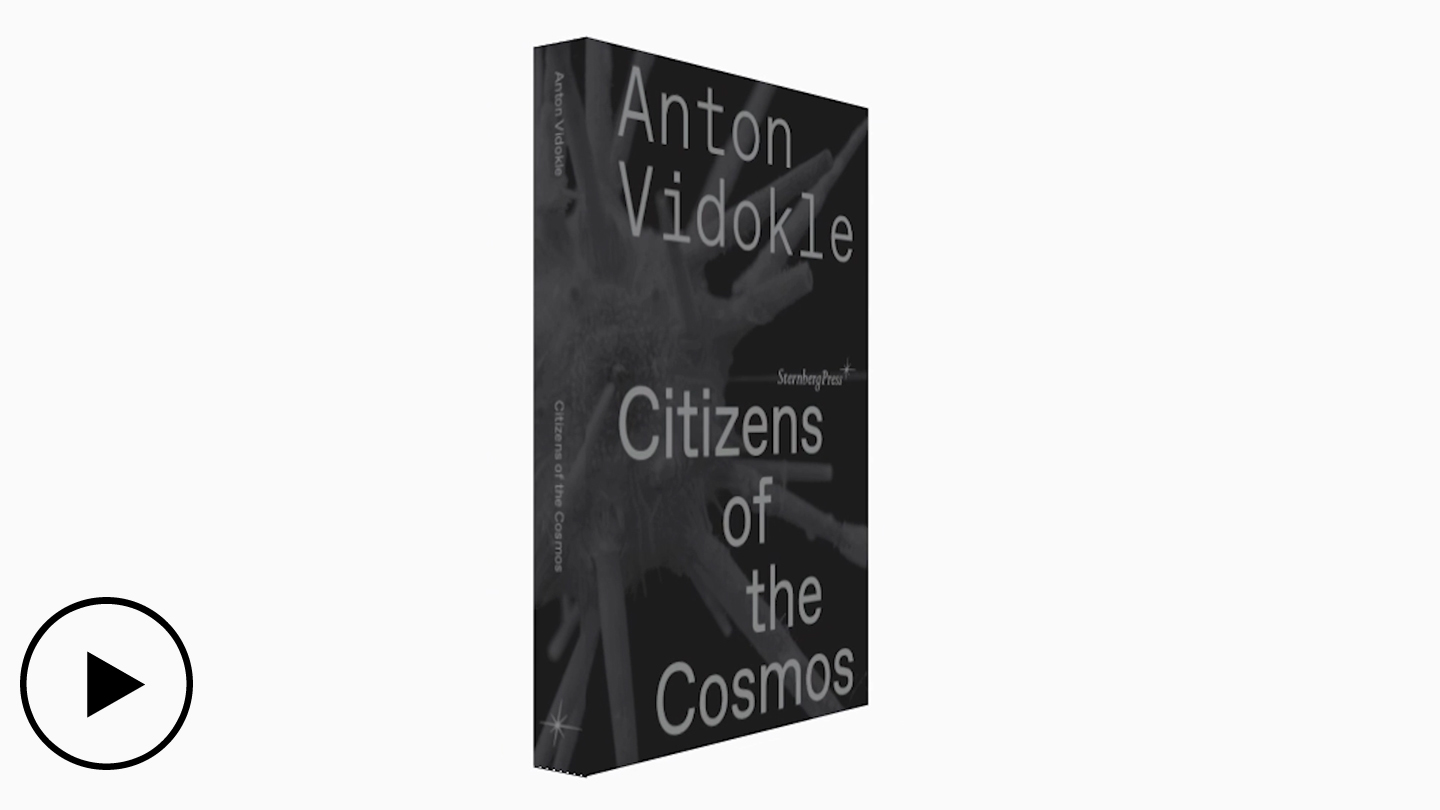
Film still from Greta Gerwig, Barbie (2024).
The phenomenon of populism today is certainly too complex to be treated in a single essay. So I will focus on one aspect of its public attractiveness. I would like to ask what attraction populism has for intellectuals and artists. It is evident that there is such an attraction. Many contemporary artists and intellectuals—despite their morally motivated rejection of populism—have a vague feeling that it offers a certain, if perhaps wrong, answer to a question that is important to them. I would suggest that this longing for populism arises from the split of modern culture into elite culture and mass culture. This division is not only characteristic but also constitutive of modernity; in a sense, modernity is nothing else than this division. At the same time, this split provokes acute frustration on both sides. Serious authors—especially authors that experiment with the language of art—feel disconnected from the masses and are marginalized by this split. The idols of mass culture, on the other hand, want to be taken seriously and included in the cultural pantheon. So everyone is looking for a new culture in which the serious can become popular and the popular serious. It is this search for popularity beyond pure entertainment that leads artists and intellectuals to an alliance with populist movements.
The main problem of modern and contemporary art is its dependence on the aesthetic taste of the public. According to Kant, the founder of the modern concept of taste, aesthetic judgment presupposes its universality. Unlike taste for food or other agreeable things, which can be purely personal, aesthetic judgment concerning the beautiful is a “reflective” judgment that claims universality. Kant speaks about the sensus communis as the basis for such universality. However, it is obvious that this reference to the sensus communis does not imply that the enlightened aesthete should seek confirmation for their taste from the general public. It is obvious that Kant presupposes the existence of a privileged educated class that is able to make an enlightened judgment representing the sensus communis. Artists do not belong to this privileged class. An artistic genius might produce beautiful artworks but cannot judge their beauty; that is the privilege of the educated spectator. When Kant speaks about the subject of aesthetic contemplation and states that this subject is not interested in the existence of the object of this contemplation but only in its being beautiful or not, he means that objects of aesthetic contemplation have other reasons to exist than being aesthetically satisfying. Flowers and birds, mountains and sunsets have reasons to exist that are independent of their being beautiful or not. Artworks produced, according to Kant, for social entertainment and joy can also fulfill their role without necessarily being judged as beautiful. In a very traditional—and at the same time mass-cultural—way, Kant understands art as entertainment. As long as artworks are entertaining, they do not lose their raison d’être even if refined taste finds them to be not beautiful.
Now, modern artists wanted and still want to be emancipated artists, creating artworks not for the goal of mass entertainment. “Serious” artists produce their artworks because they think these artworks are beautiful or at least relevant to art history. In other words, they produce work to satisfy culturally informed aesthetic taste. The only reason for such serious artwork to exist is that it is aesthetically recognized. If I say that a particular artwork does not have a recognizable aesthetic value, then de facto I call for its destruction. This is the dark side of the emancipation of art and artists. Earlier art-making was integrated into religious practice or into the self-aestheticization of the state. Icons and historical monuments retained their right to existence even if they were not fully satisfying in aesthetic terms. They were valued by a religious community or a state population not because they were especially aesthetically successful but because their creators belonged to the same community or same population and, thus, expressed their common social values and beliefs. However, when art is liberated from its religious, historical, educational, informational, and social functions, it becomes existentially dependent on aesthetic recognition by an informed public. This recognition means life; the rejection of recognition means death.
Our culture presumes that aesthetically challenging art cannot entertain. In his famous essay “Avant-garde and Kitsch” Clement Greenberg describes this condition with a well-known formula: “If the avant-garde imitates the processes of art, kitsch, we now see, imitates its effects.” When Greenberg speaks here about “effects,” he means precisely entertainment. Kitsch is entertaining because it imitates the art of the past insofar as it was entertaining. The art of the avant-garde does not imitate this entertaining side of traditional art but only the artistic techniques that made this art beautiful. Therefore, it can be experienced as beautiful only by well-educated, privileged spectators. Here we see the strict opposition between elite taste and popular taste. Both tastes are formed by the art tradition. Popular taste enjoys artworks—old and new—if they are entertaining. But it rejects the non-entertaining, emancipated modern art that does not want to be entertaining. As a result, serious, aesthetically recognized art finds its home in art institutions. And these are also home to serious discussions concerning the criteria and rules of aesthetic recognition.
Today, we have a long history of institutional critique behind us. Meanwhile, it has become clear that art institutions are too weak to be criticized. In our economy, which wants to be super productive and profitable, museums look like poor performers. They cannot compete with sports, pop music, movies, and other forms of entertainment. It is clear that to be really successful, the artist has to appeal to a wide public. But how do you do that if you want to be a serious artist? How can you be serious and popular at the same time? Confronted with this question, the artist is reminded of the time when artists working for the Church and for the state could be popular without being especially beautiful or entertaining. At that time, all members of society, independently of their wealth and occupation, shared the same religion and remained loyal subjects of the same state. In other words, everybody belonged to the same populus. Modern populism is nothing other than a search for this populus.
It is, of course, easy to say that this populus does not exist, that our modern population is fragmented into many groups and subgroups that seem to have nothing in common. This fragmentation cannot be denied. But it also cannot be denied that this fragmented population has a desire for unity and communality—a desire to become a populus. And it is this desire that unites the contemporary population: not a real commonality but desire for commonality. One wants unity—even if it is a unity of differences—and not division. One respects the uniters and despises the dividers. After so many decades of class struggles, people want to be nice to each other, to show respect and be respected. We protest against the elites if they seem to distance themselves from the “ordinary people” but embrace them if they are ready to work for the common good, to becomes a part of the populus. This desire of the population to become a populus is what different populist movements try to satisfy.
In a certain way we see a repetition of the 1930s, when a wave of populist movements came after a period of intense class conflict. In Germany people were reminded that, after all, they are Germans and good Europeans and, thus, they should not be divided by Jewish agitators. In the Soviet Union after a long period of “proletarian dictatorship” the state was proclaimed to be “the state of the whole Soviet people”—and people were reminded that they should not be divided by Trotskyist agitators. These new populist movements and powers created a space for a new populist art. A populist art that was not popular art. In his essay Greenberg mixed the populist with the popular. Greenberg believed that Soviet and Nazi art were versions of kitsch that were used by political leaders because they wanted to please the public. However, Greenberg was wrong to define populist culture as kitsch. Populist culture is certainly not high culture, but it is not kitsch either—if only because it is boring. It wants to be educational and therefore does not have the entertaining effect that one expects and demands of kitsch. Populist culture functions not because it is liked but because it serves as a sign of a commitment to a certain populist ideology. And this commitment is only partially freely chosen.
During the era of postmodernity we were taught that personality, individuality, and subjectivity are merely signs or masks that mean nothing, have no referent. The face is a mask—and there is nothing hidden behind it. But how can we escape a mask that society imposes on us? We can no longer aspire to discover our true, hidden, inner, universal identity and break free from the outer, false, particular identity, because the only alternative we find to our social mask is yet another mask. All masks can swap places and enter a carnivalesque exchange of masks, which Mikhail Bakhtin spoke of as part of his theory of the “carnivalization” of culture and which he considered to be the only authentic form of mass culture.
However, the constant exchange of signs makes one uneasy. And, thus, the desire arises to stop it. This desire is the desire for populism. It is no longer about revealing oneself as a proletarian or an Aryan and unmasking others as bourgeois or Jewish, like in classical modernity. Today, one accepts one’s already existing mask and proclaims it to be one’s face—while fully knowing that it is a mask. The only thing that happens as a result of this is an interruption of the constant exchange of masks: the carnival comes to a standstill and becomes a motionless scene. The world becomes a museum exhibition—serious and responsible. However, it is an exhibition without an observer, because only God would be able to see it. And God does not distinguish between the aesthetically recognized and the non-recognized, between the beautiful and the non-beautiful, between the entertaining and the boring. God, as we know, values only the seriousness of ethical and political commitment. Thus, under conditions of populism, artists and intellectuals are relieved from the pressure to create something aesthetically relevant or entertaining that can transcend the border between elite taste and mass taste. The serious commitment to one’s own identity is sufficient to be accepted and respected. This promise of relief is truly seductive. And that is why every populism is intrinsically religious. Every performance of a populus needs God as its unique spectator because every human spectator unavoidably positions themself as an outsider and a divider.











